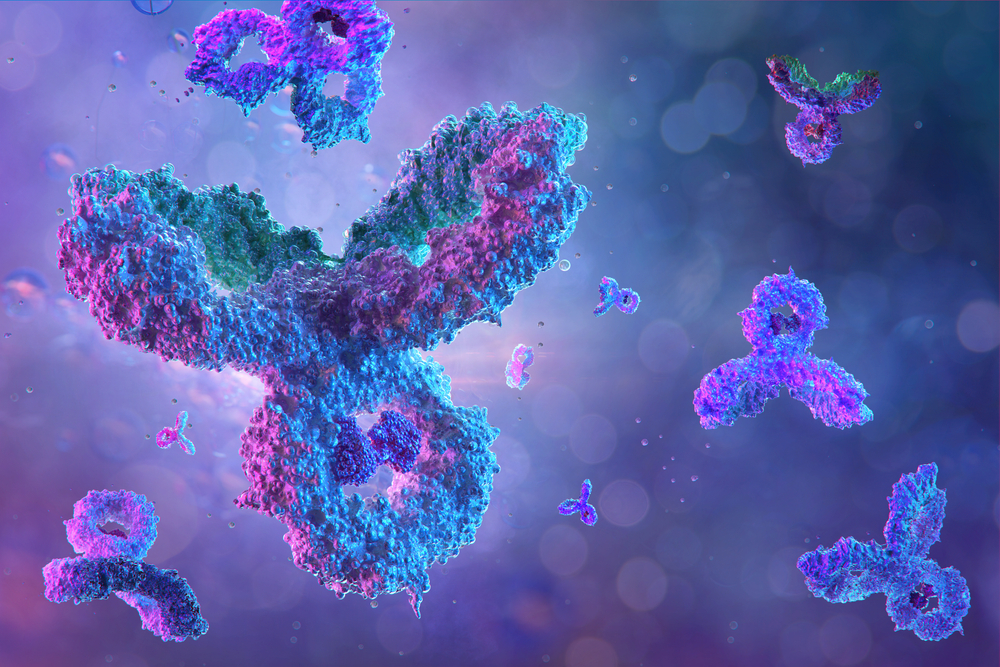MOUSE ANTI-ESCHERICHIA COLI O157 ANTIBODY (E10)
Mouse anti Escherichia coli O157 antibody (clone E10) is suitable for the detection of Escherichia coli (E. coli) O157:H7. The mouse anti Escherichia coli O157 antibody does not cross react with Campylobacter coli, Campylobacter jejuni, Citobacter freundii, Clostridium difficile, E. coli O22:H8, E. coli O91:H1‐, E. coli O103:H2, E. coli O111:H21, E. coli O145:H‐, E. coli O171:H2, E. ocli O174:H8, Klebriella pneumonia, Helicobacter pylori, Listeria monocytogenes, Morganella morganii, Proteus mirabilis, Salmonella enteritidis, Salmonella paratyphi, Salmonella typhi, Salmonella typhimurium, Salmonella boydii, Shigella dysenteriae, Shigella flexneri, Shigella sonnei, Staphylococcus aureus.
PRODUCT DETAILS – MOUSE ANTI-ESCHERICHIA COLI O157 ANTIBODY (E10)
- Mouse anti-E. coli O157 monoclonal IgG antibody (clone E10).
- Greater than 90% purity by SDS-PAGE and buffered in PBS, pH7.4.
BACKGROUND
Escherichia coli (E.coli) is a gram-negative, rod-shaped, facultative anaerobic bacterium. Most strains of E.coli are harmless, but some are pathogenic to humans. Some pathogenic strains of E.coli produce Shiga toxins, which are potent bacteriophage encoded cytotoxins. Shiga toxin producing E.coli (STEC), including E.coli O157:H7, are a common cause of severe food poisoning in humans worldwide.
Cattle and ruminants are the natural reservoir for E.coli O157:H7, where it exists in the animals’ intestine as part of the normal intestinal flora. Outside the natural host, E.coli O157:H7 can survive in diverse environments including water, soil and food. In particular, E.coli O157:H7 can survive in meat that has been contaminated with faecal matter, and undercooked beef has been identified as a major source E.coli O157 infection. The bacterium can thrive at temperatures ranging from 7 – 50oC and therefore thorough cooking of meats is essential to destroy it. Other foods have been linked to E.coli O157:H7 outbreaks including unpasteurised milk, cured meats, bean sprouts and leafy vegetables, which have all been associated with faecal contamination.
E.coli O157 can infect individuals from all age groups. E.coli O157:H7 is resistant to stomach acids and is highly infectious. In humans, the ingested bacterium invades and colonises the intestinal mucosa. Symptoms of E.coli O157 infection include stomach cramps, haemorrhagic diarrhoea and vomiting. Haemolytic uremic syndrome (HUS) may occur in severe cases of infection, which may result in life threatening renal failure.
Pathogenic strains of E.coli acquire virulence factors through varies means including plasmids and bacteriophages. Several virulence factors have been associated with E.coli O157:H7 including shiga toxins, putative virulence plasmid O157 (pO157) and a pathogenicity island referred to as the locus of enterocyte effacement (LEE). Together these virulence factors are currently thought to be responsible for the pathogenic nature of E.coli O157:H7 (Lim JY).
REFERENCES
- Lim JY, Yoon J, Hovde CJ. (2010).A brief overview of Escherichia coli O157:H7 and its plasmid O157. J Microbiol Biotechnol. Jan;20(1):5-14

